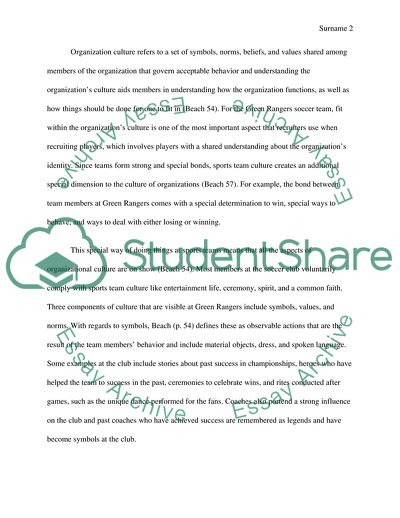Cite this document
(Culture and Social Structure of an Organization Essay Example | Topics and Well Written Essays - 1500 words - 4, n.d.)
Culture and Social Structure of an Organization Essay Example | Topics and Well Written Essays - 1500 words - 4. https://studentshare.org/sociology/1831909-the-culture-and-social-structure-of-an-organization
Culture and Social Structure of an Organization Essay Example | Topics and Well Written Essays - 1500 words - 4. https://studentshare.org/sociology/1831909-the-culture-and-social-structure-of-an-organization
(Culture and Social Structure of an Organization Essay Example | Topics and Well Written Essays - 1500 Words - 4)
Culture and Social Structure of an Organization Essay Example | Topics and Well Written Essays - 1500 Words - 4. https://studentshare.org/sociology/1831909-the-culture-and-social-structure-of-an-organization.
Culture and Social Structure of an Organization Essay Example | Topics and Well Written Essays - 1500 Words - 4. https://studentshare.org/sociology/1831909-the-culture-and-social-structure-of-an-organization.
“Culture and Social Structure of an Organization Essay Example | Topics and Well Written Essays - 1500 Words - 4”. https://studentshare.org/sociology/1831909-the-culture-and-social-structure-of-an-organization.


